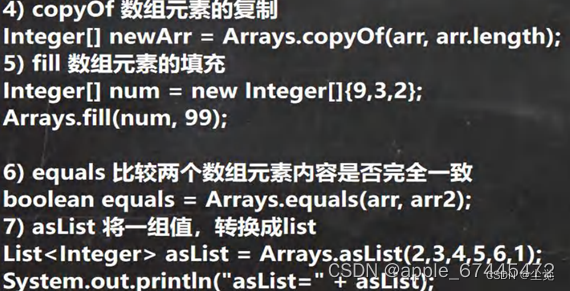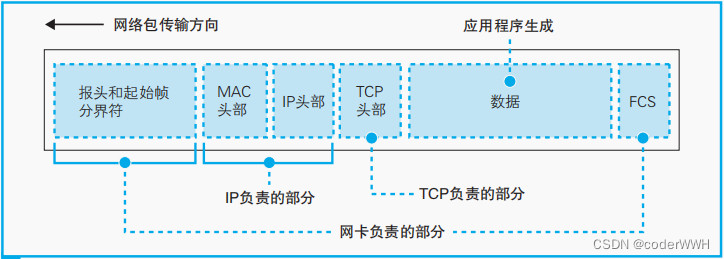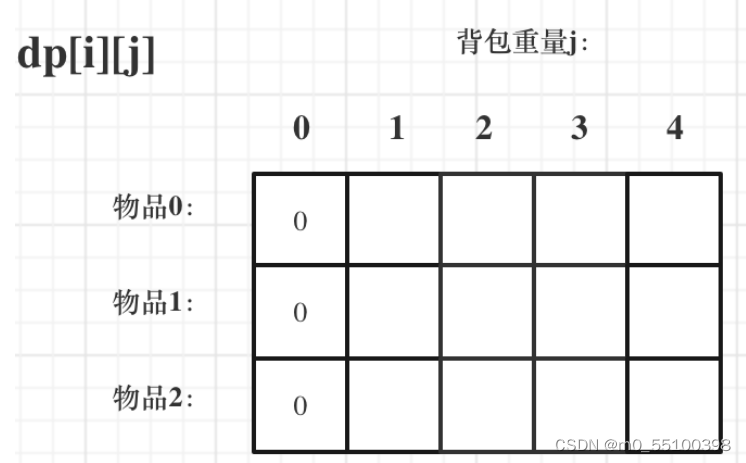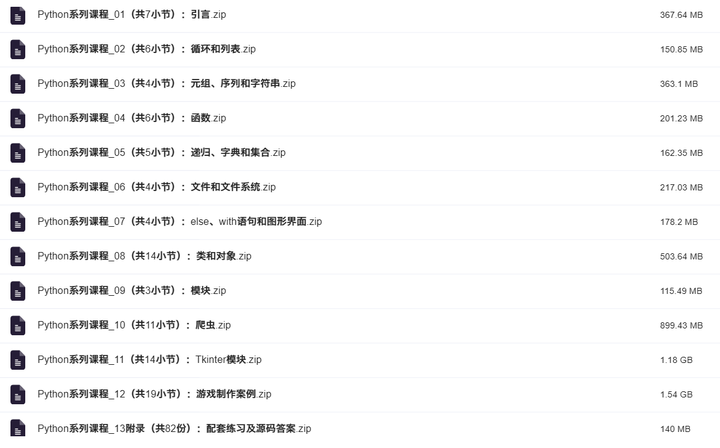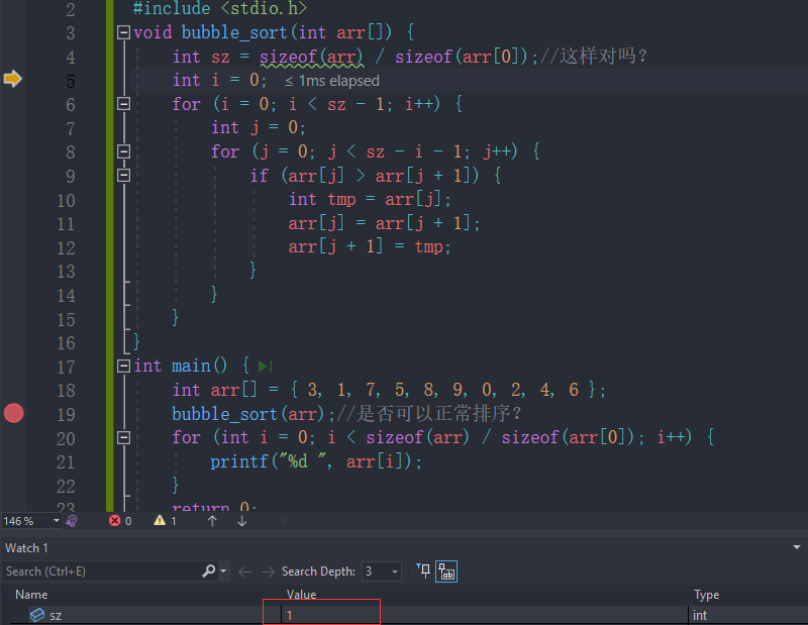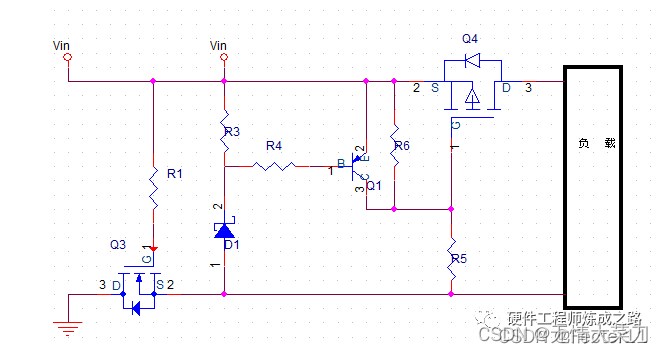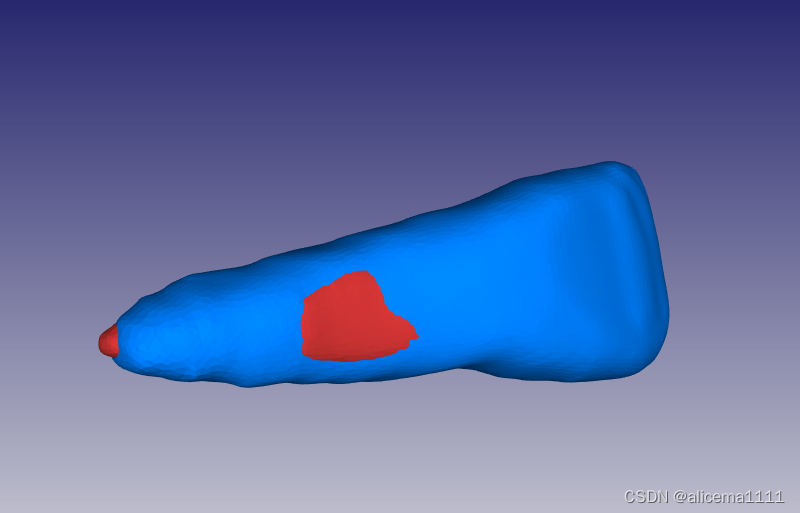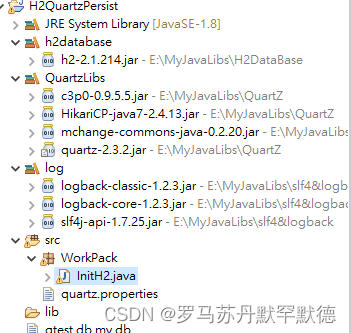文章目录
- 【LeetCode热题100】打卡第27天:二叉树的前序、中序、后序遍历
- ⛅前言
- 📕二叉树的前序遍历
- 🔒题目
- 🔑题解
- 📕二叉树的中序遍历
- 🔒题目
- 🔑题解
- 📕二叉树的后序遍历
- 🔒题目
- 🔑题解
- 二叉树遍历——迭代统一写法
【LeetCode热题100】打卡第27天:二叉树的前序、中序、后序遍历
⛅前言
大家好,我是知识汲取者,欢迎来到我的LeetCode热题100刷题专栏!
精选 100 道力扣(LeetCode)上最热门的题目,适合初识算法与数据结构的新手和想要在短时间内高效提升的人,熟练掌握这 100 道题,你就已经具备了在代码世界通行的基本能力。在此专栏中,我们将会涵盖各种类型的算法题目,包括但不限于数组、链表、树、字典树、图、排序、搜索、动态规划等等,并会提供详细的解题思路以及Java代码实现。如果你也想刷题,不断提升自己,就请加入我们吧!QQ群号:827302436。我们共同监督打卡,一起学习,一起进步。
LeetCode热题100专栏🚀:LeetCode热题100
Gitee地址📁:知识汲取者 (aghp) - Gitee.com
题目来源📢:LeetCode 热题 100 - 学习计划 - 力扣(LeetCode)全球极客挚爱的技术成长平台
PS:作者水平有限,如有错误或描述不当的地方,恳请及时告诉作者,作者将不胜感激
📕二叉树的前序遍历
中左右
🔒题目
原题链接:144.二叉树的前序遍历

🔑题解
-
解法一:递归实现
在使用DFS时,也经常这么用O(∩_∩)O
public class Solution { public List<Integer> preorderTraversal(TreeNode root) { List<Integer> ans = new ArrayList<>(); traversalTree(ans, root); return ans; } private void traversalTree(List<Integer> ans, TreeNode root) { if (root==null){ return; } ans.add(root.val); traversalTree(ans, root.left); traversalTree(ans, root.right); } }复杂度分析:
- 时间复杂度: O ( n ) O(n) O(n)
- 空间复杂度: O ( n ) O(n) O(n)
其中 n n n 为数组中元素的个数
-
解法二:迭代实现
这个理解起来也不难,本质上和解法一是一样的。就是使用栈模拟递归的过程,区别是递归过程中是隐士的维护一个栈,而这里是显示维护一个栈。不是很理解的话,可以画个草图

public class Solution { public List<Integer> preorderTraversal(TreeNode root) { List<Integer> ans = new ArrayList<>(); Deque<TreeNode> stack = new ArrayDeque<>(); TreeNode cur = root; while (!stack.isEmpty() || cur != null){ // 第一遍循环,把根节点左子树所有根节点入栈 // 后面再入栈右节点 while (cur != null){ ans.add(cur.val); stack.push(cur); cur = cur.left; } // 自底向上出栈 TreeNode node = stack.pop(); if (node.right != null){ cur = node.right; } } return ans; } }复杂度分析:
- 时间复杂度: O ( n ) O(n) O(n)
- 空间复杂度: O ( n ) O(n) O(n)
其中 n n n 为数组中元素的个数
📕二叉树的中序遍历
左中右
🔒题目
原题链接:94.二叉树的中序遍历
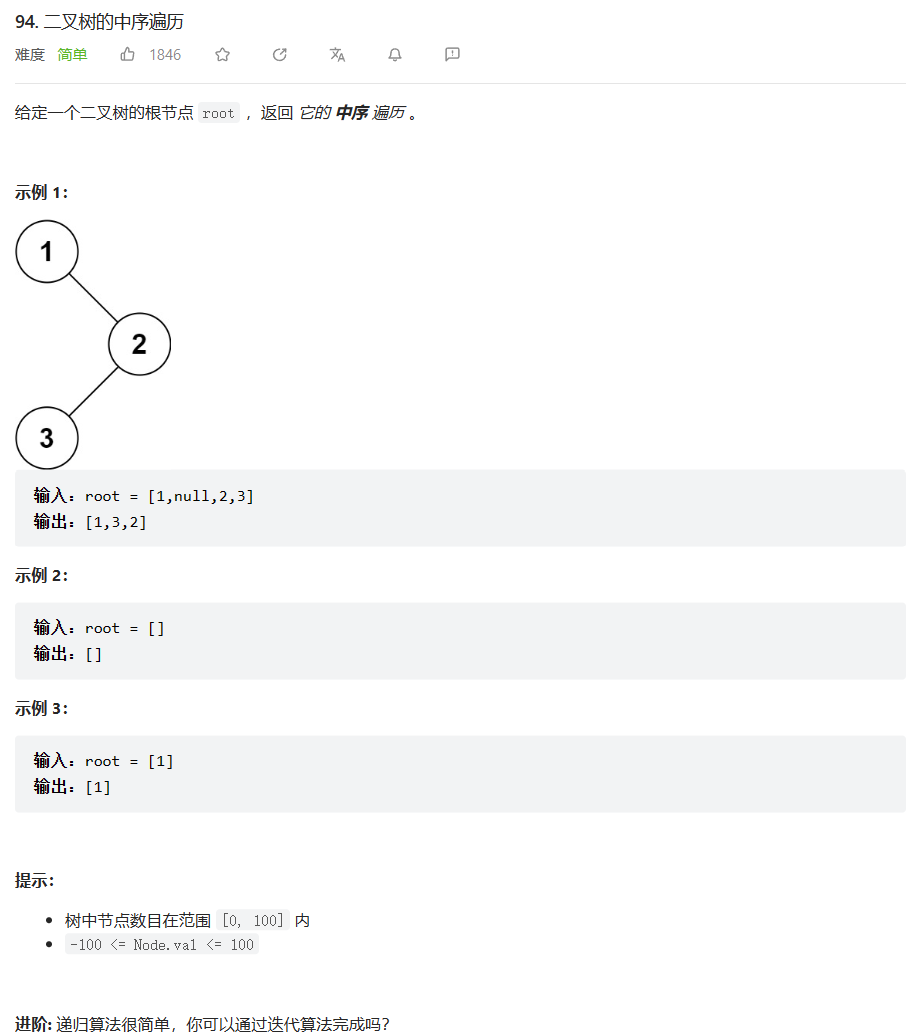
🔑题解
-
解法一:递归实现
public class Solution { public List<Integer> inorderTraversal(TreeNode root) { List<Integer> ans = new ArrayList<>(); traversal(ans, root); return ans; } private void traversal(List<Integer> ans, TreeNode root) { if (root == null){ return; } traversal(ans, root.left); ans.add(root.val); traversal(ans, root.right); } } -
解法二:迭代实现
public class Solution { public List<Integer> inorderTraversal(TreeNode root) { List<Integer> ans = new ArrayList<>(); Deque<TreeNode> stack = new ArrayDeque<>(); TreeNode cur = root; while (!stack.isEmpty() || cur != null) { while (cur != null) { stack.push(cur); cur = cur.left; } TreeNode node = stack.pop(); ans.add(node.val); if (node != null){ cur = node.right; } } return ans; } }
📕二叉树的后序遍历
左右中
🔒题目
原题链接:145.二叉树的后序遍历
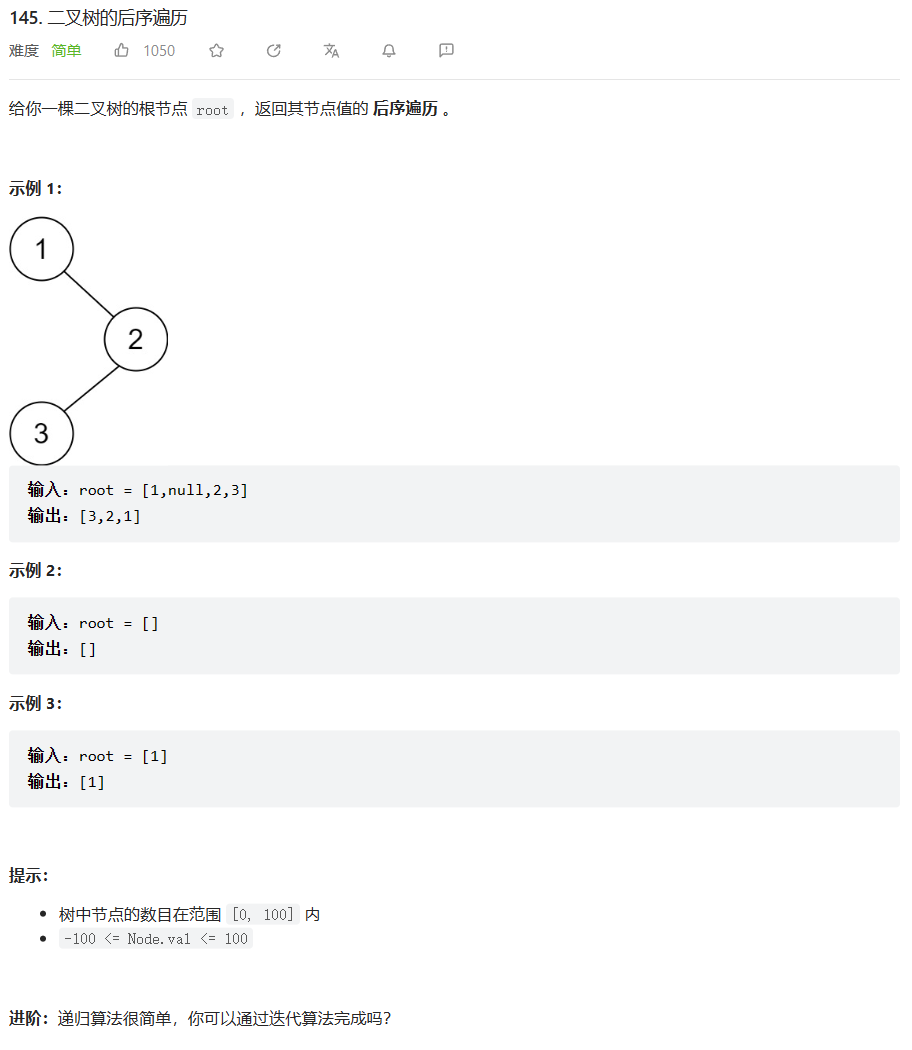
🔑题解
-
解法一:递归实现
public class Solution { public List<Integer> postorderTraversal(TreeNode root) { List<Integer> ans = new ArrayList<>(); traversal(ans, root); return ans; } private void traversal(List<Integer> ans, TreeNode root) { if (root == null){ return; } traversal(ans, root.left); traversal(ans, root.right); ans.add(root.val); } } -
解法二:迭代实现
感觉这个是三个当中最难的想了好久😫,难点在于要防止死循环
PS:有可能是今天题目写的有点多了,头有点晕了🤣
public class Solution { public List<Integer> postorderTraversal(TreeNode root) { List<Integer> ans = new ArrayList<>(); Deque<TreeNode> stack = new ArrayDeque<>(); TreeNode cur = root; TreeNode pre = null; while (!stack.isEmpty() || cur != null) { while (cur != null) { stack.push(cur); cur = cur.left; } // 自底向上出栈 cur = stack.pop(); if (cur.right == null || cur.right == pre) { // 右节点为空 或 右节点已遍历 ans.add(cur.val); pre = cur; cur = null; }else { // 左子树遍历完,右节点不为空,右节点要先输出 // 将当前根节点加入,因为当前根节点要在右节点之后输出 stack.push(cur); // 将当前指针改成右节点,用于遍历右子树 cur = cur.right; } } return ans; } }
二叉树遍历——迭代统一写法
参考:「代码随想录」帮你对二叉树不再迷茫,彻底吃透前中后序递归法(递归三部曲)和迭代法(不统一写法与统一写法) - 二叉树的后序遍历 - 力扣(LeetCode)
注意:统一写法的栈不能使用ArrayDeque,因为ArrayDeque的add方法如果添加null元素会直接爆NPE
这种统一写法的好处,再与你只要是熟悉一种写法,其它写法信手拈来,但是效率没有前面的高(经过提交测试),但有一说一我还是喜欢前面的写法,不太喜欢这种统一的写法
/**
* @author ghp
* @title 前序遍历
*/
class Solution {
public List<Integer> preorderTraversal(TreeNode root) {
List<Integer> ans = new ArrayList<>();
Stack<TreeNode> stack = new Stack<>();
if (root != null) stack.push(root);
while (!stack.isEmpty()) {
TreeNode node = stack.pop();
if (node != null) {
if (node.right != null) stack.push(node.right);
if (node.left != null) stack.push(node.left);
stack.push(node);
stack.push(null);
} else {
node = stack.peek();
stack.pop();
ans.add(node.val);
}
}
return ans;
}
}
class Solution {
public List<Integer> preorderTraversal(TreeNode root) {
List<Integer> ans = new ArrayList<>();
Stack<TreeNode> stack = new Stack<>();
if (root != null) stack.push(root);
while (!stack.isEmpty()) {
TreeNode node = stack.pop();
if (node != null) {
if (node.right != null) stack.push(node.right);
stack.push(node);
stack.push(null);
if (node.left != null) stack.push(node.left);
} else {
node = stack.peek();
stack.pop();
ans.add(node.val);
}
}
return ans;
}
}
class Solution {
public List<Integer> preorderTraversal(TreeNode root) {
List<Integer> ans = new ArrayList<>();
Stack<TreeNode> stack = new Stack<>();
if (root != null) stack.push(root);
while (!stack.isEmpty()) {
TreeNode node = stack.pop();
if (node != null) {
stack.push(node);
stack.push(null);
if (node.right != null) stack.push(node.right);
if (node.left != null) stack.push(node.left);
} else {
node = stack.peek();
stack.pop();
ans.add(node.val);
}
}
return ans;
}
}
中序+前序 ===> 后序(能推导出完整的二叉树)
中序+后序 ===> 前序(能推导出完整的二叉树)
前序+后序 =\=> 中序(不能推导出完整的二叉树)

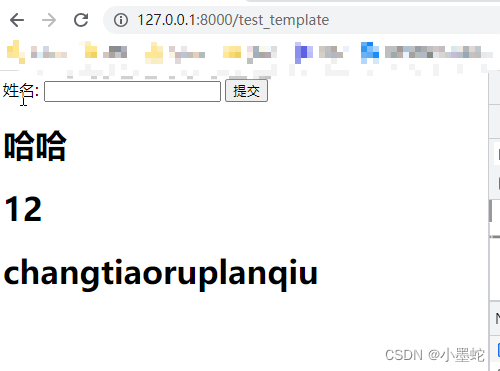



![环境配置 | Git的安装及配置[图文详情]](https://img-blog.csdnimg.cn/af3eedab5bf34413a3adbc21a55e9136.png)

